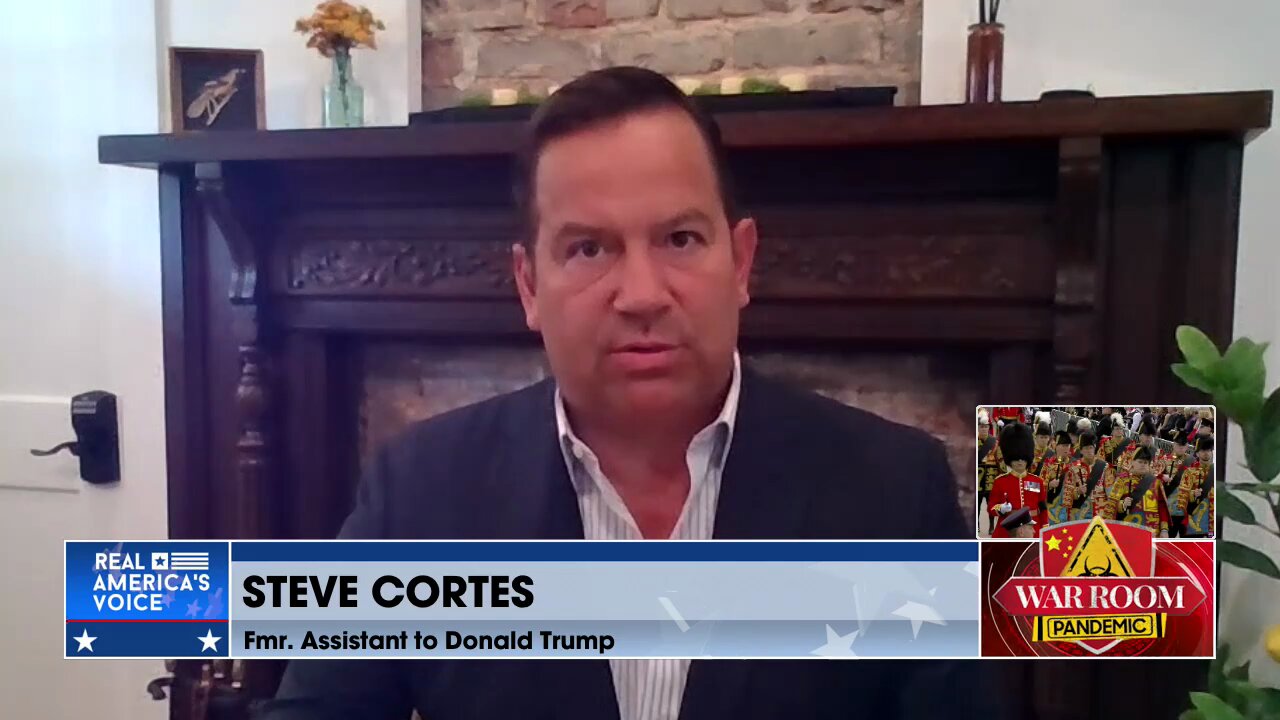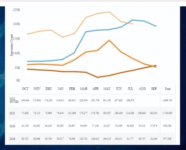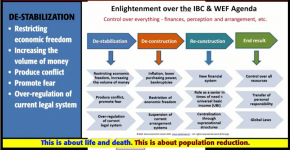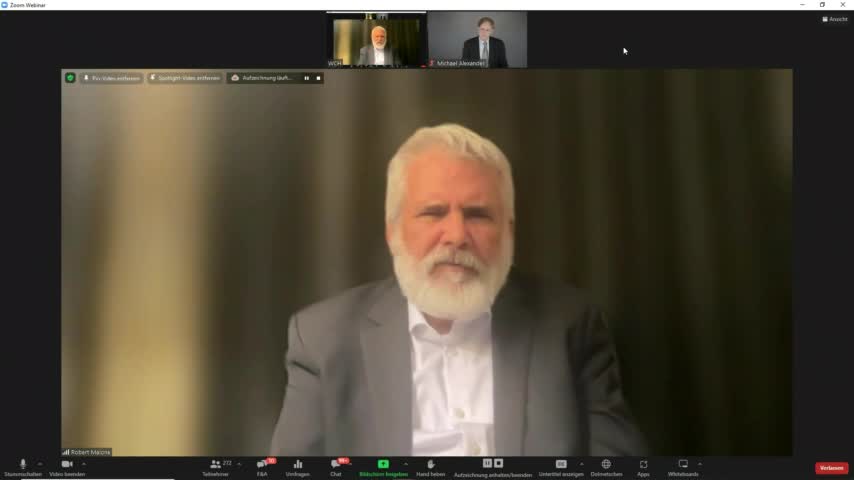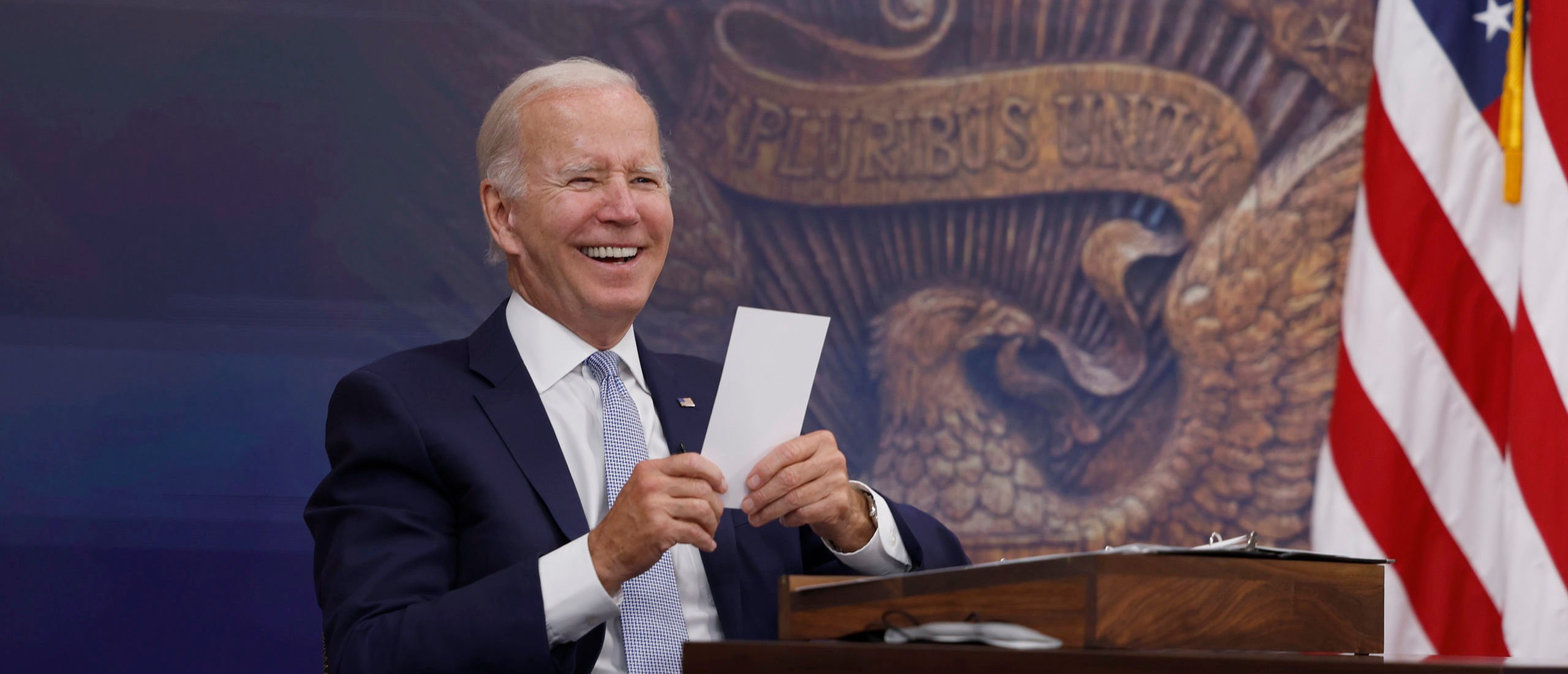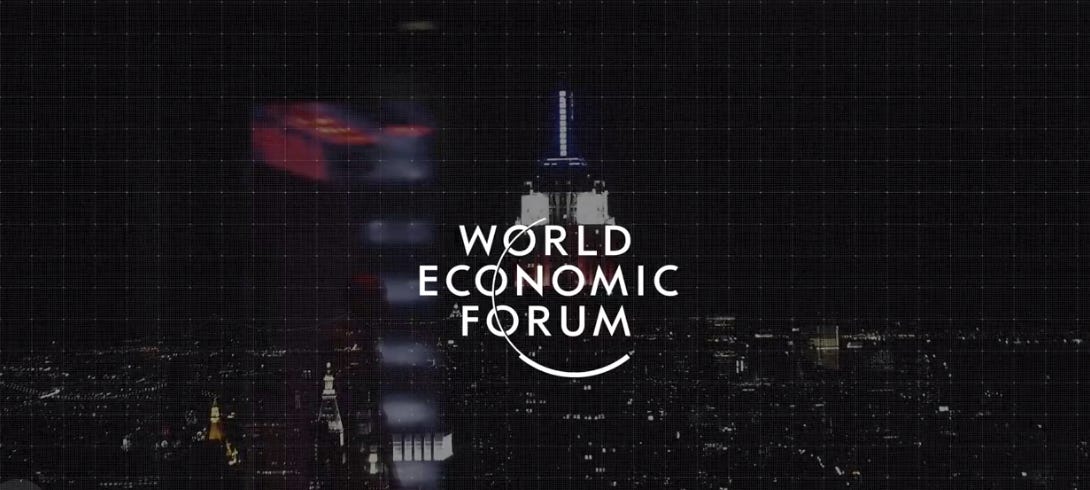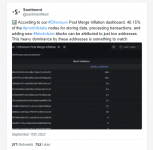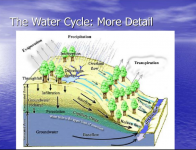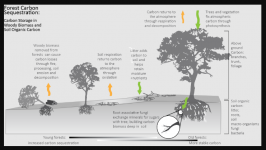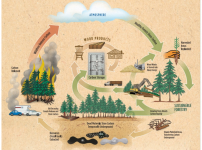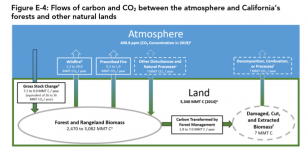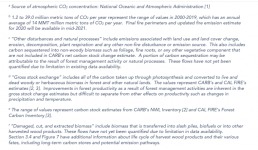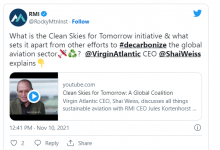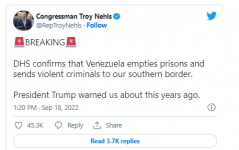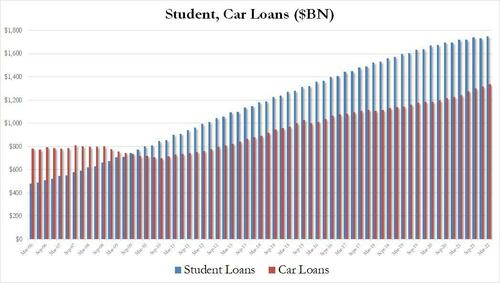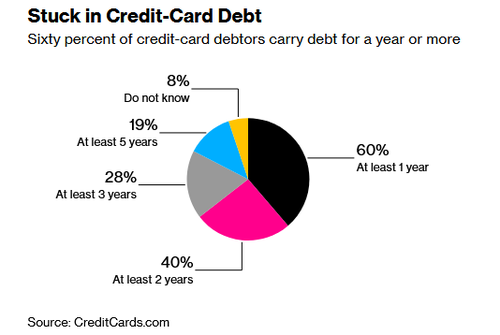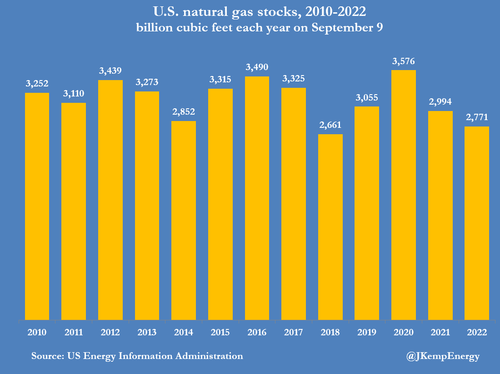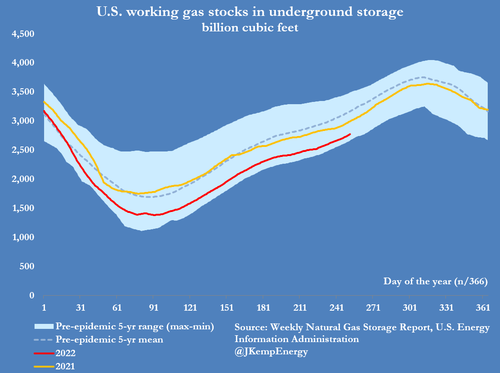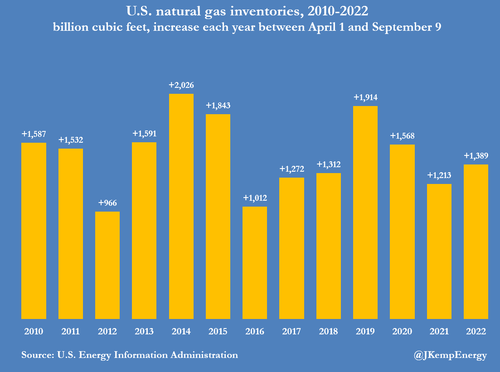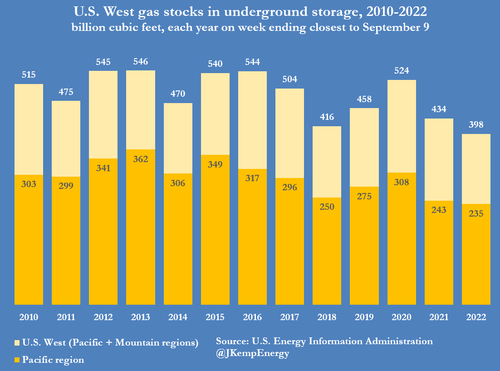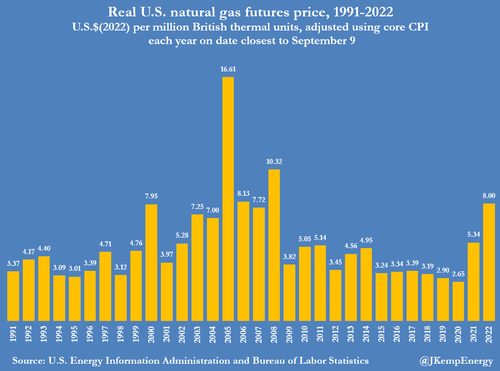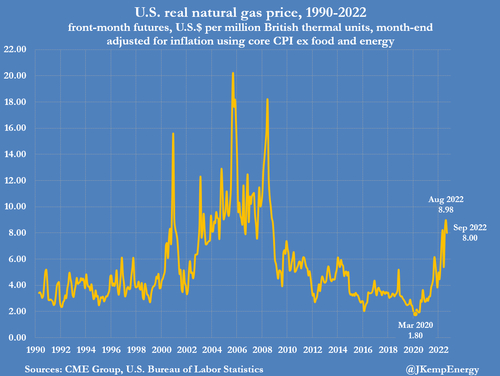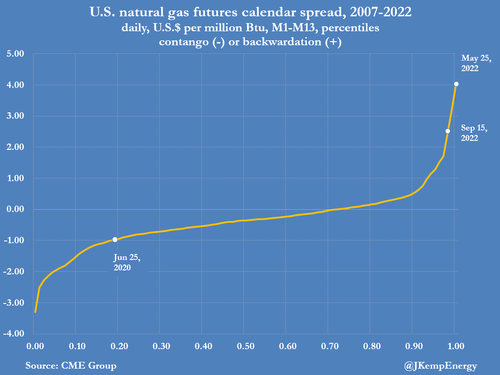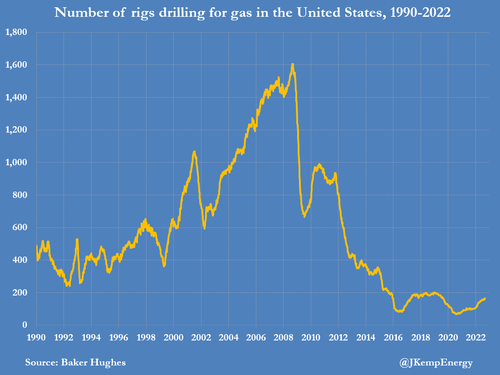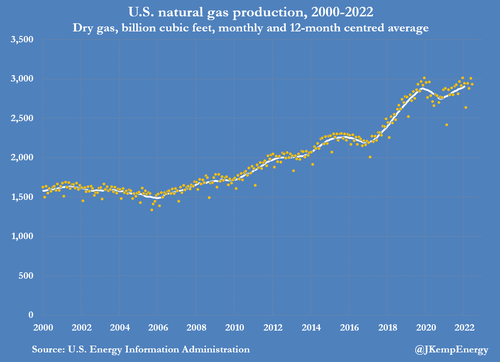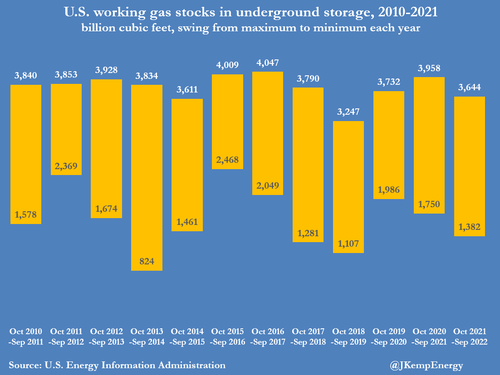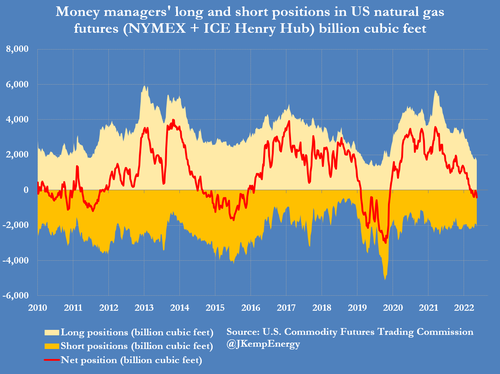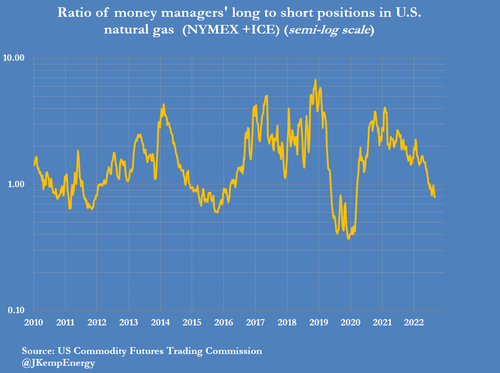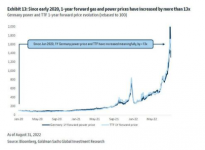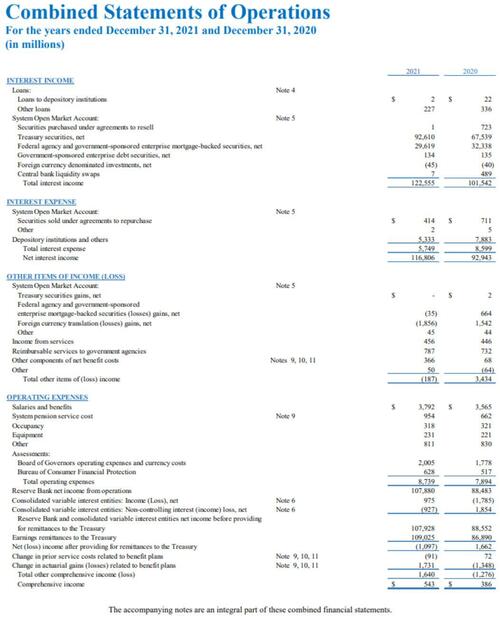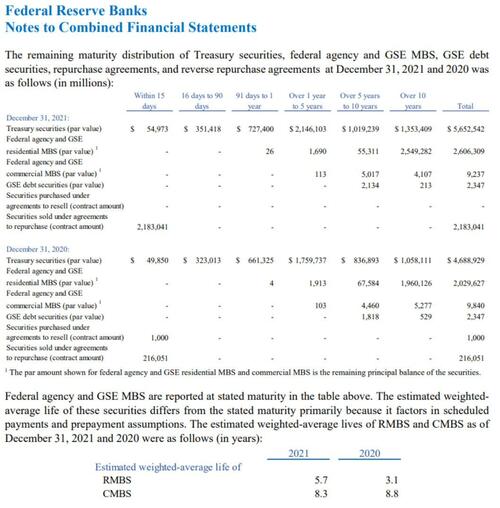Seeding The Sky: Can Scientists Manipulate The Weather To Benefit Agriculture?
By CLINTON GRIFFITHS August 18, 2022
Growing population centers and increasing resource demands are pushing scientists in search of additional water sources. Desalination, drilling water reclamation and deep aquifer exploration are often the first draws from the well of ideas. However, technology seeks to tap atmospheric rivers, bringing rain and the promise of renewal.
Weather modification is the pursuit of technology or land management practices that ultimately alter, support or encourage a preferred atmospheric outcome. It can be done to improve or encourage rainfall; increase mountain snowpack; and suppress hail, lightning and flooding.
“People have almost a primordial urge to try to control the weather,” says Andrew Detwiler, president of the Weather Modification Association. “It’s been in the human psyche for millennia, but what we think of today is much more modern.”
Weather modification is happening already. At least 10 states are currently seeding clouds or studying its possibility to help support cities and continue agricultural production.
Types of Weather Modification
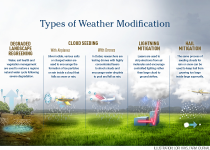
ARID EXPANSION
Meteorologists and climatologists often say drought begets drought and there’s at least some evidence a causal loop is forming. A study published in the Proceedings of the National Academy of Sciences raises the possibility of a climatological precipice in the southwestern U.S. as a drought that started in 1999 and continues to expand. The authors worry about the brink becoming the baseline.
In 2022, variable Sierra snowpack, dwindling Colorado and Rio Grande river levels, a vanishing Great Salt Lake, falling well levels along the Ogallala and the slow disappearance of the nation’s largest reservoir of Lake Mead all com-bine to flash warning signs that farming, or even living west of the nation’s dryline, is a generational uncertainty.
WATCHING THE CLOUDS
Heat soaks through the soles of Carlon Stapper’s boots as they crunch across the landscape of loose rocks and stubble, baking in the monochromatic expanse of the west Texas Edwards Plateau. A herd of goats shuffle away hunting new slivers of shade beneath the relentless summer sun.
“There’s nothing growing at this point,” Stapper says. “There’s no grass and even some of our brush didn’t leaf out this year.”
His ranch, in western Crockett County along the Pecos River, raises Angora goats, which are typically well suited for the region’s climate. This year they’re feeding a protein supplement because of the drought.
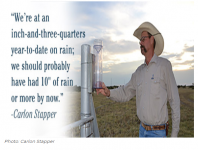
Carlon Stapper Quote
“I wholeheartedly believe in the technology,” says Stapper, a 10-year board member of the West Texas Weather Modification Association. “There just haven’t been many opportunities because to enhance the clouds, we have to have clouds first.”
TECHNOLOGY TAKES FLIGHT
The dull drone of the engine buzzes the sky as a yellow air tractor sets its sights just below a cumulonimbus cloud puffing its cauliflower shaped lungs toward the heavens.
Mounted just off the wing’s trailing edges are rows of nozzles — pistols ready to fire a positively charged mist of water into the sky. As the airplane feels the tug of the cloud’s updraft, the seeds of another Texas rain are sent charging through its core.
“If you introduce the right kind of particles into this supercooled area of the cloud, they can cause water droplets to freeze and additional ice crystals to form from excess water vapor in the cloud,” explains Detwiler, also a longtime university professor in North and South Dakota. “When you have a mixture of ice particles and cloud droplets, the liquid drops evaporate, and the ice particles grow becoming big enough to precipitate out.”
The reality of weather modification has long been wisps of foggy science promising on-demand solutions while delivering statistical maybes or anecdotal actualities. First developed after World War II, cloud seeding has been attempted off and on for decades.
“We have long-term statistical evidence from Idaho Power that cloud seeding has put more snow in the mountains,” says Eric Snodgrass, principal atmospheric scientist for Nutrien Ag Solutions.
Dryness on the Move States Using Weather Modification

FLARES AND LASERS
Traditionally done with wing- or rocket-mounted silver iodide flares, new technology is finding its way into the industry.
In Dubai, scientists are trying lasers mounted on drones to coax excited water particles together ending with their fall from the sky. In Texas, teams are trying calcium chloride flares.
“These particles are very hygroscopic. When you release them into a cloud, they attract moisture very quickly,” says Jonathan Jennings, meteorologist for the West Texas Weather Modification Association.
In addition, Jennings has been working with Dan Martin, a research engineer with USDA’s Agricultural Research Service, to test a recently patented technology using water.
“We’re using tap water, but we’re charging it as it exits the nozzle,” Martin says.
These experts say seeded clouds average between 5% to 15% more precipitation flux (how hard and how much it rains) compared with the non-seeded counterparts. In early trials, Martin’s positively charged water is beating that number.
“We’re seeing about 25% to 30%,” he says. “That is just from the initial data set, and we hope to at least confirm that this year.”
Long-running droughts has communities in the U.S. and abroad giving cloud seeding a fresh look. Jennings sees it as a long-term water management strategy to help bank water supplies in wet years, so it is available during years with less rain.
“If we can take an area that gets maybe 5" of rain a year and turn that into 10" a year, then you change the game,” Martin adds.
It’s also less expensive than other freshwater systems, such as desalination, reclamation and aquifer pumping. Jennings says their studies show 1 acre foot of water seeded by traditional silver iodide flares costs less than $10 compared with desalination at $2,000 or more.
CLOUDED IN CONTROVERSY
Since its inception, altering rainfall via cloud seeding methods have been controversial.
“There’s a budget to moisture; if it’s taken anywhere along the path, then you’re only left with your local recycled moisture,” Snodgrass says.
Jennings says they aren’t taking rain from one place to give to another, they’re simply enticing the clouds to rain more when they do.
“What we’re doing allows clouds to grow larger and last longer, anywhere from a 15-min. extended lifetime in small clouds to upward of 45 minutes in larger clouds,” Jennings says.
He’s also adamant they aren’t making it hail. In fact, Martin’s new charged water project is being tested for hail suppression in North Dakota.
“Every year there’s $10 billion in property damage due to hail; $1 billion of that directly affects agriculture,” he says. “Our system converts the cloud moisture into rain and with less water available you get pea-sized hail rather than golf-ball sized hail.”
MODIFIED FOR GOOD
Intentional or not, humans have helped shape today’s weather patterns. Now they’re looking at technology to protect their future. These experts say rather than spotty coverage in a handful of states, a well-funded and nationally coordinated approach would have a bigger impact.
“If you can provide more rainfall on arable land for crops then, hopefully, we can increase yield from the limited area we have available,” Martin says.
That’s what Texas rancher Stapper hopes as he eyes his brown pastures.
“We’re learning more and doing a better job with the clouds all the time,” he says. “We can’t do anything else to get rain other than this and pray."
...............................................................
Restoring the Sinai
The Weather Makers is a group focused on regenerating the ecosystem in Egypt’s Sinai Peninsula.
“Back in the day, 4,000 to 8,000 years ago, it used to be quite a green oasis,” says Pieter van Hout, a stakeholder manager with The Weather Makers.
If the Egyptians approve, the plan is to dredge Lake Bardawil, desalinate those soils with plants and freshwater in hopes of returning that soil to the land where plants can start to grow again. Essentially, Van Hout says, you restart the region’s water cycle: “If you have the right amount of vegetation then you have enough moisture in the air, and then you have enough to condensate and come down as precipitation.”
The Weather Makers point to the Loess Plateau in China. Once brown and degraded, it’s now a lush green valley where plants and animals thrive.
“The proposition is not that the entire planet can be green,” van Hout says. “It’s about degraded landscapes because those you can regenerate.”
Loess Plateau
 Read More
Greening the Desert: Dutch Researchers Work to Restore Sinai Peninsula
USDA Scientists Testing New Cloud Seeding Technology
Read More
Greening the Desert: Dutch Researchers Work to Restore Sinai Peninsula
USDA Scientists Testing New Cloud Seeding Technology
